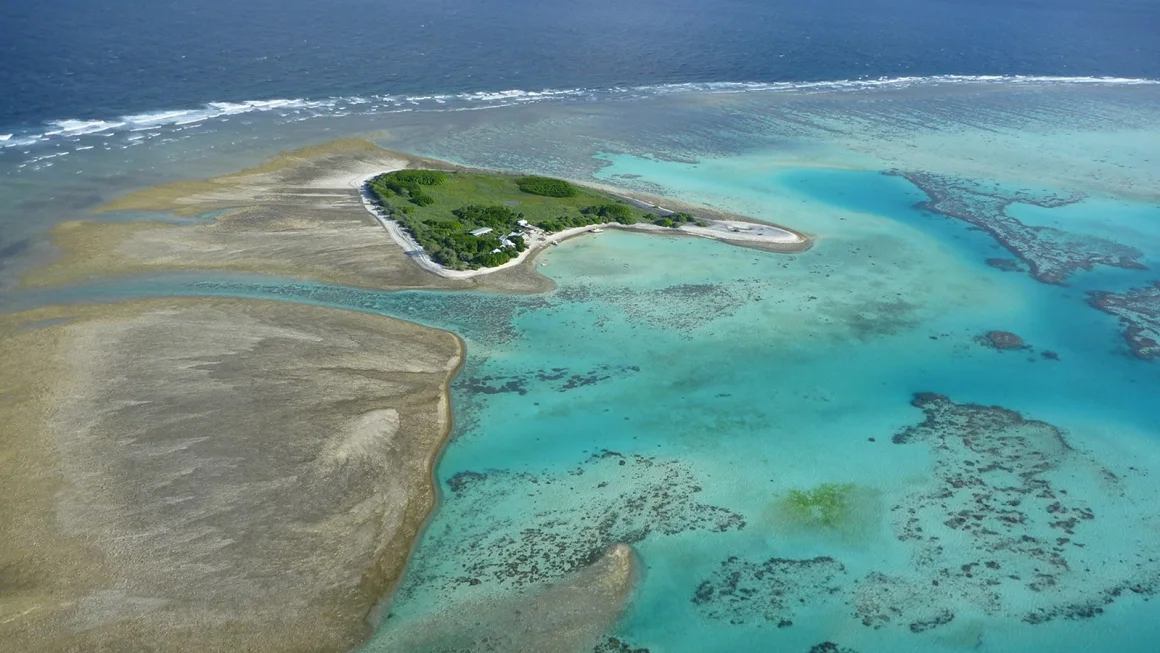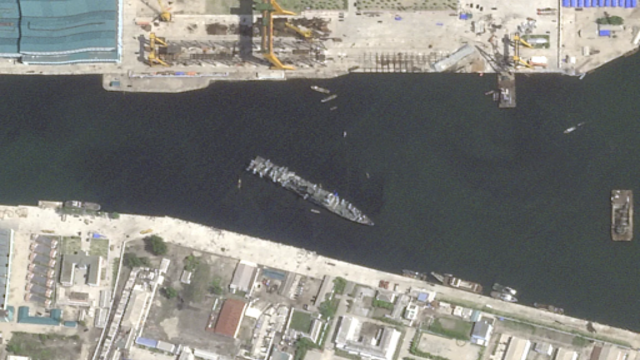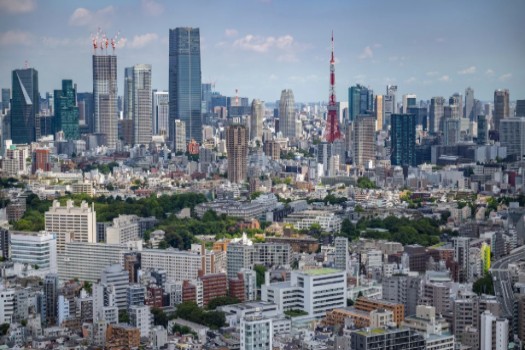
The One Tree Island research station, located off Australia’s eastern coast, is a key site for marine studies. CNN
The Great Barrier Reef, one of Earth’s most extraordinary natural wonders, is facing unprecedented devastation. A recent study has revealed that coral bleaching in Australia’s iconic reef has reached alarming levels, with over half of the corals in a monitored southern region succumbing to severe damage.
In 2024, the reef experienced its harshest summer yet, driven by record-breaking ocean temperatures. This marked the reef’s seventh mass bleaching event, fueled by rising global temperatures and intensified by the El Niño weather pattern. Bleaching occurs when corals, under extreme heat stress, expel algae that provide their vibrant color and essential nutrients, leaving them pale and vulnerable.
Researchers from the University of Sydney closely examined 462 coral colonies near One Tree Island during the summer heatwave. Within five months, more than 80% of these corals were bleached, and over half had died by July. Certain species faced catastrophic losses, with mortality rates as high as 95%. Some corals, like the Goniopora, were also plagued by black band disease, a fatal infection.
Acropora table coral on the One Tree Island reef shown in a bleached state, April 2024. CNN
Lead researcher Maria Byrne described the findings as a stark reminder of the urgency needed to protect coral reefs. “These reefs are not just biodiversity hotspots; they are vital for food security and coastal protection,” Byrne said. Despite being in a protected area, far from human interference, this section of the reef could not withstand the intense heat stress.
The Great Barrier Reef spans approximately 133,000 square miles, hosting more than 1,500 fish species and 411 types of hard coral. This massive ecosystem supports billions of dollars in Australia’s economy, primarily through tourism. However, as mass bleaching becomes a recurring event—occurring almost every two years—it emphasizes the dire need for global climate action and reduced emissions.
The study highlights that bleaching has now affected areas of the reef that previously escaped such damage. Even coral species known for resilience are now succumbing to heat stress and disease. Marine scientist Shawna Foo, a co-author of the study, expressed her dismay: “The high mortality and disease rates in such a remote, untouched area underline the gravity of the situation.”
Coral on One Tree Island before it was bleached, April 2022. CNN
This isn’t the first time the reef has endured severe bleaching, with similar events recorded in 1998, 2002, 2016, 2017, 2020, and 2022. However, the recent damage occurred despite a La Niña event, which typically cools ocean temperatures. This anomaly raises serious concerns about the reef’s future.
The study’s authors view these findings as a wake-up call, urging immediate conservation efforts. They stress that policymakers must prioritize strategies to bolster coral resilience. “The resilience of coral reefs is being tested like never before,” said Ana Vila Concejo, a study co-author. “We need immediate and effective measures to protect these ecosystems.”
The Great Barrier Reef’s plight extends beyond its ecological importance—it affects communities relying on the reef for fishing, tourism, and coastal safety. The study serves as a sobering reminder of the consequences of climate change, calling for urgent action to safeguard this irreplaceable global treasure.















